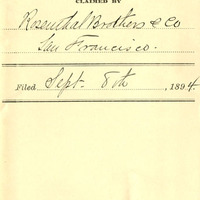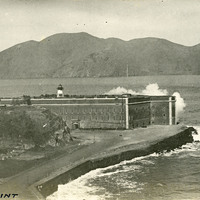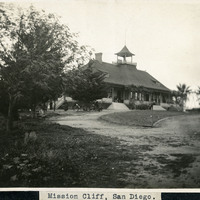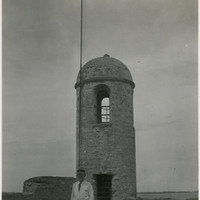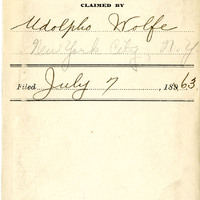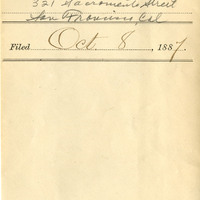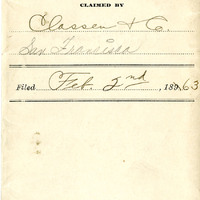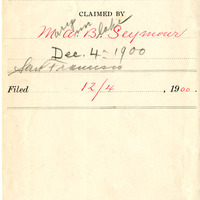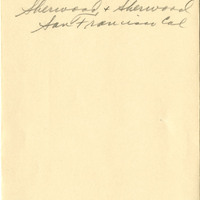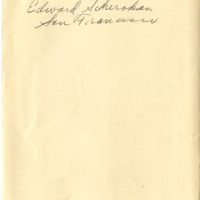Search All Items
- Filters:
- Type
- Image 3607
- Still Image 935
- Text 401
- Text 19
- Image of the California Census from the records of the office of the California Secretary of State 1
- Language
- English 4940
- Spanish 26
- ENGLISH 2
- English 1
- census_013 1
- contra_costa_schedule_1_volume_1 1
Search Results 4931 to 4940 of 5003
-
Caption: "Fort Point," c. 1910. This postcard shows a view of Fort Point, at the entrance to San Francisco Bay. The facilities at Fort Point were part of an effort by the U.S. government to protect the Golden Gate, entrance to the San Francisco Bay. Built between 1853-1861, the fort included emplacements for 141 guns but never fired a weapon in defense of the Bay. Its name was officially changed in 1882 to Fort Winfield Scott, but in 1886 the fort was officially downgraded to a sub-post of the San Francisco Presidio and the name discontinued. It was resurrected in 1912, with the establishment of a coastal artillery fortification at the Presidio, called, once again, Fort Winfield Scott.
Date: 1910
-
Caption: "Mission Cliff, San Diego.," c. 1905. View of the pavilion in San Diego's Mission Cliff Gardens. Originally opened in the 1880s as the "Bluffs" by the San Diego Cable Railway Company, the owners hoped to entice people to ride the cable cars by providing a recreational destination. The pavilion seen in the photograph was constructed in 1890. A few years later, the Citizens' Traction Company purchased the park and changed its name to Mission Cliff Park. In 1898, the property was sold yet again, this time to J.D. Spreckels and the San Diego Electric Railway Company. Spreckels hoped to transform the property into a quiet, restful, public botanical garden. The name changed again, to Mission Cliff Gardens, to reflect this change in direction for the park. The botanical gardens developed at the park became world-renowned before closing to the public in 1929. The property was subdivided in 1942, into residential lots.
Date: 1905
-
Caption: "Fort Marion, St. Augustine, Fla. July 10, 1934." William McCarthy standing in front of a corner tower on the ramparts of Castillo de San Marcos (Castle of Saint Mark). The core structures of this coastal defense fort were completed by Spanish forces in 1695. Numerous additions, renovations, and repairs have occurred since that time. When Spain ceded Florida to the U.S. in 1821, the Castillo was designated a U.S. Army base and renamed Fort Marion, in honor of Frances Marion (also known as the Swamp Fox, Marion was an American Revolutionary War hero known for his guerilla war tactics). The fort was deactivated in 1933, and turned over to the National Park Service.
Date: 7/10/1934


